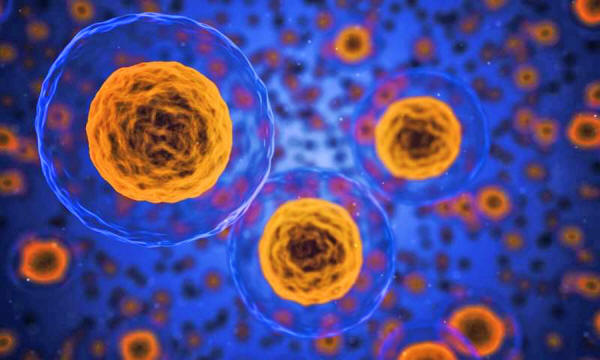|

by Krystle Barbour
October 02,
2018
from
MedicalSchool-UniversityOfMinnesota
Website
Spanish
version

Credit:
CC0 Public Domain
Previous research published earlier this year (Senolytics
improve Physical Function and increase Lifespan in Old Age)
in Nature Medicine involving,
-
University of
Minnesota Medical School faculty Paul D. Robbins and Laura
J. Niedernhofer
-
Mayo Clinic
investigators James L. Kirkland and Tamara Tchkonia,
...showed it was possible
to reduce the burden of damaged cells, termed senescent cells,
and extend lifespan and improve health, even when treatment was
initiated late in life.
They now have shown that
treatment of aged mice with the natural product Fisetin,
found in many fruits and vegetables,
also has significant positive effects on health and lifespan.
As people age, they accumulate damaged cells. When the cells get to
a certain level of damage they go through an aging process of their
own, called
cellular senescence.
The cells also release
inflammatory factors that tell the immune system to clear those
damaged cells. A younger person's immune system is healthy and is
able to clear the damaged cells. But as people age, they aren't
cleared as effectively.
Thus they begin to
accumulate, cause low-level inflammation and release enzymes that
can degrade the tissue.
Paul D. Robbins and fellow researchers found a natural
product, called
Fisetin, reduces the level of these
damaged cells in the body. They found this by treating mice towards
the end of life with this compound and see improvement in health and
lifespan.
The paper, "Fisetin
is a Senotherapeutic that Extends Health and Lifespan,"
was recently published in EBioMedicine.
"These results
suggest that we can extend the period of health, termed
healthspan, even towards the end of life," said Robbins.
"But there are still
many questions to address, including the right dosage, for
example."
One question they can now
answer, however, is,
why haven't they done
this before?
There were always key
limitations when it came to figuring out how a drug will act on
different tissues, different cells in an aging body.
Researchers didn't have a
way to identify if a treatment was actually attacking the particular
cells that are senescent, until now.
Under the guidance of Edgar Arriaga, a professor in the
Department of Chemistry in the College of Science and Engineering
at the University of Minnesota, the team used mass cytometry, or
CyTOF, technology and applied it
for the first time in aging research, which is unique to the
University of Minnesota.
"In addition to
showing that the drug works, this is the first demonstration
that shows the effects of the drug on specific subsets of these
damaged cells within a given tissue," Robbins said.
| 

